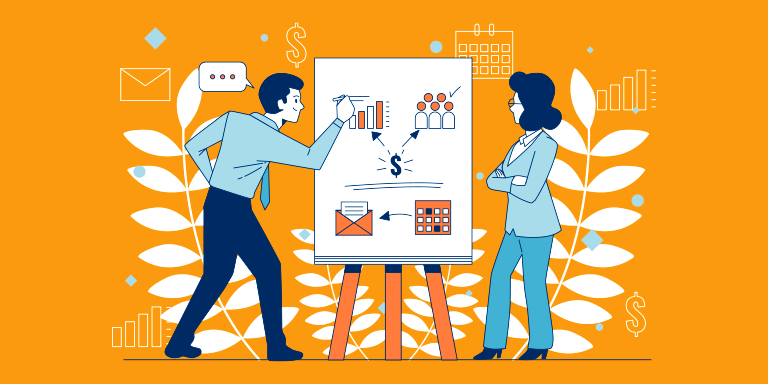Your two-lens filter
When choosing a business model in 2025, founders should evaluate ideas through two lenses:
- Scalability – Can this model grow without requiring exponentially more capital, time, or emissions?
- Sustainability – Does this model inherently reduce waste, extend lifecycle value, or contribute to social impact?
Common business models that align well
| Model Type | Why It Works for Sustainability |
| Direct-to-Consumer (DTC) | Greater control over the supply chain and materials, faster feedback loops for reducing waste. |
| Subscription / Membership | Encourages long-term customer relationships and predictable revenue; great for circular products. |
| Productized Services | Minimal environmental overhead, scalable, and efficient. |
| Marketplace / Platform | Enables sharing economies (e.g., rentals, resale, recommerce). |
| Circular or Regenerative Models | Built specifically to reduce or reverse environmental impact. |
Design for Profit and Purpose
Building a sustainable business isn’t just about doing good, it’s about doing good business. The most successful founders in 2025 are designing business models where purpose is a growth engine, not a constraint.




Post Comment